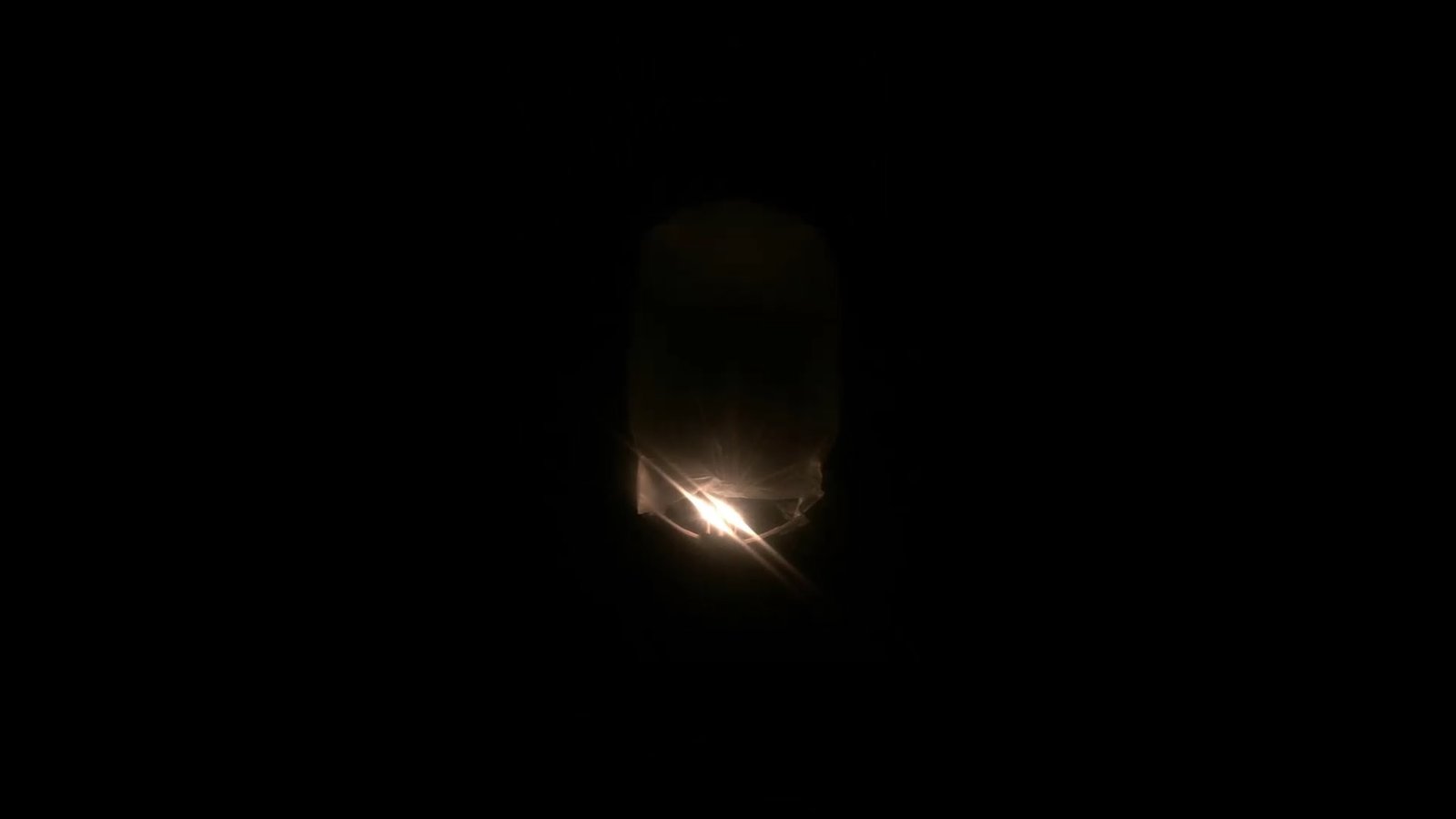
DIY Hot Air Balloon Plastic
DIY Hot Air Balloon Plastic
Engineer Ali is creating a high-flying hot air balloon utilizing materials commonly found in households.
The DIY hot air balloon project by Engineer Ali is a remarkable example of how ingenuity and creativity can create functional and accessible devices. The balloon is made from a simple combination of materials, including tissue paper, glue, and torch gas or hot air, making it a cost-effective and environmentally friendly option.
The design of the DIY hot air balloon is simple yet effective. The tissue paper is cut into a circular shape, and strips are glued together to form the balloon body. The edges of the tissue paper are carefully burned to prevent fraying, and the bottom of the balloon is left open to attach the heat source. A small torch is used to fill the balloon with hot air, making it buoyant and able to fly.
One aspect that sets Engineer Ali's DIY hot air balloon apart is its impressive ability to fly at high altitudes. This is due to the careful balance between the amount of hot air in the balloon and the weight of the payload. Engineer Ali has designed the balloon in such a way that it can rise to very high altitudes and stay airborne for extended periods.
Items
This DIY hot air balloon project not only demonstrates the potential of household items to create remarkable devices, but also highlights the possibilities of alternative and environmentally sustainable technologies. Engineer Ali's DIY hot air balloon project is an impressive technological feat that is both accessible and inspiring.
The DIY hot air balloon project has a range of applications, from recreational use to scientific research and experimentation. In addition to being an exciting and fun activity, hot air balloons are used in scientific research to gather data about weather patterns and atmospheric conditions. Schools and universities can also use this DIY hot air balloon project to teach concepts such as air pressure, buoyancy, and aerodynamics.
In conclusion, Engineer Ali's DIY hot air balloon project is a remarkable creation that showcases the potential of household materials to create innovative and functional devices. The balloon's ability to fly very high, coupled with its accessibility and affordability, makes it an excellent option for individuals interested in exploring the possibilities of hot air balloon technology. Engineer Ali's DIY hot air balloon project serves as an inspiration to both beginning and experienced makers, demonstrating the endless possibilities of DIY engineering.
- Firstly, I attach every ends of the straws with the sticky tape. (I make sure that the usage of the tape are just adequate as not to add extra weight to the frame)
- I tape the straws so that the angle of each corner is 90 degree.
- When finished, it will look like a square.
- I cut the thread into two and tie the threads in the middle (the thread should be long enough to be tied at each corner of the frame later).
- Then, I cut the aluminium foil in square.
- Using a needle with the thread, I link every corner of the squared foil. (Be very careful not accidentally tear the foil in the process)
- To secure the fixture, I attach the sticky tape in the middle.
- I tie each thread's end to the frame.(you need a lot of patience and nimble fingers)
- The facing downside will be the side with the tape and the facing upside is without the tape.
- In the center of the foil, I will put a candle (or a few).
- I attach the under carriage to the grocery bag with stick tape.
- Then, I light the candle and let the bag expand slowly. (It will take a while before the balloon is fully expand. You can add additional candles to quickly assist the process)
- I test the balloon for a while before let it go to rise.
- FYI
Posted by Ali Aslan at Friday 5th of May 2023 04:18:05 PM



